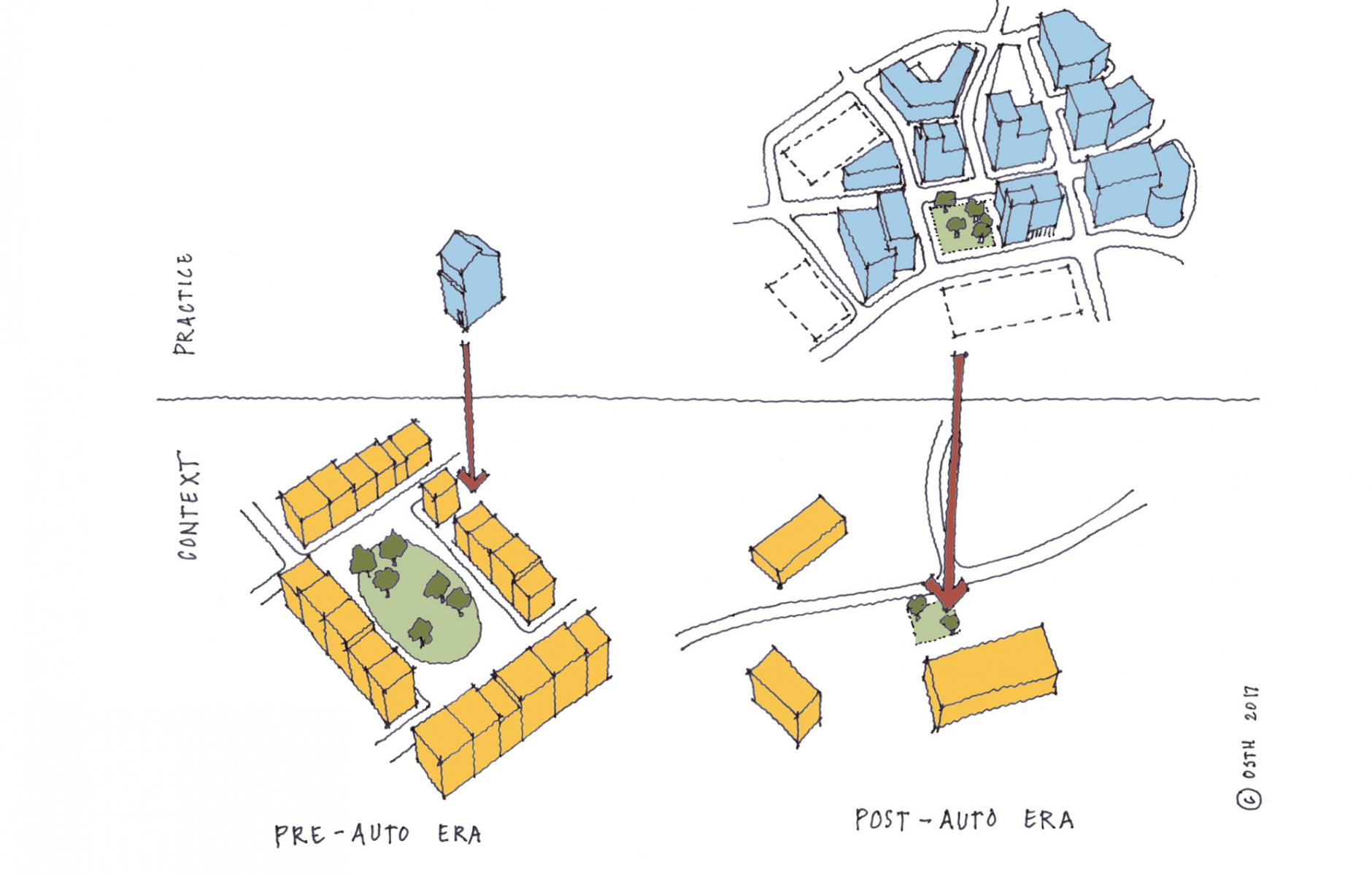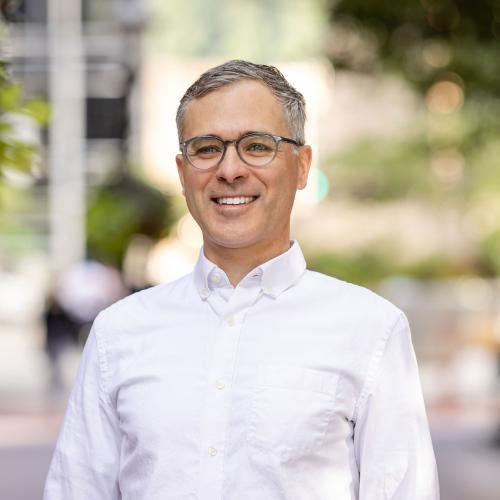
The conversation about urban growth thoughtfully continues
Recent articles about the new community of Daybreak have stoked the debate about the worthiness of greenfield vs. infill development. At Urban Design Associates (UDA), we work in both environments. We began working Daybreak in 2006, just after the completion of Phase 1. As Principal-in-Charge of our work there, I assembled a few thoughts to add to this rich and worthy discussion.
As CNU is a strong network of urbanists, the merits of fixing and repairing cities are ubiquitous and unarguable. Planning areas outside of cities is a more fraught discussion as these areas could draw energy out of city centers and permanently remove agricultural land or wildlife habitat. However, based on current urban growth trajectories, the UDA team concluded that while we improve our existing towns and cities, we need to build new ones.
This discussion is not about Daybreak, but I will use it as an example since the conversation started there. It showcases how appropriate new growth (greenfield or brownfield) can look, feel, and function. Daybreak was a brownfield site and a designated growth area in Envision Utah, an outstanding regional plan by Peter Calthorpe and his team. As the Larry H. Miller development team predicted, Daybreak is becoming city-like and has as much to offer. Its downtown is more extensive in land area than downtown Salt Lake City and includes three light rail stations, a stadium, a library, a medical center, and more on the way. It has a broad spectrum of housing available, from rental studios to purchase of 6+ bedroom homes on the lake and everything in between. Residents can choose how to get around, offering the opportunity to walk to transit, to work, school, church, the grocery store, and restaurants. If the development team had not chosen to lead these efforts so vigorously, the site would have been consumed by mindless sprawl.
UDA participates in shaping Daybreak and other key new communities around the United States for these four reasons:
1 | New development is moving at a meteoric pace
According to the US Census Bureau, nearly 1.5 million homes are constructed yearly in the United States. If we safely assume three people per household, that is 4.5 million people moving into new homes in one year! If you further consider that the AIA and the National Association of Home Builders (NAHB) estimate that only about 5% are designed by architects, exceptionally few new residents will be in a designed environment. Even if that was off by a factor of two, or even four, that is too low. Whether we like it or not, new development continues, and we must participate in that environment now.
2 | Train production builders to build neighborhoods again
Based on what I just cited, home builders dominate today's new home market. However, it's hard to ignore that some of the nation’s best historic neighborhoods were built by production builders with a pattern book in hand, but much of that knowledge was lost. Through introduction to builders in places like Daybreak, we have shown the builders of sprawling homes to build in an urban way. Whether through direct architectural design or pattern books, we have guided better streets, architecture, and a sense of place in new development. Our builder clients continue to build at higher and higher densities and now participate in urban infill development. As a result, we are creating new cities and fixing existing ones.
3 | Quality new communities can impact policy
As we all know, seeing is believing. This is particularly important in development as the stakes are so high. At Daybreak, local and regional elected and appointed local officials tour Daybreak on a routine basis. Firsthand, they witness the walkability of smaller streets and high-density units together in a desirable environment.
4 | We need urban life inside and outside of cities
If people inside and outside cities don't understand each other, how do they reach a consensus on regional investments? The great neighborhoods of Salt Lake City inspired Daybreak, developing a common language of urban form. But there is more work to do, and the stakes are high. In our (very loved) home city of Pittsburgh, the transit agency that gets us to work is facing another budget shortfall. I admit this is a fraught discussion, inevitably creating a battle between those inside and outside the city. What can bring us together in community conversation, something we sorely need? UDA’s goal is to do our best to create a shared language for urban life inside and outside cities.
Witnessing the impact of thoughtful planning and design on residents' lives is a joy for any designer, wherever it may take place. The debates about urban growth have been going on for over a century. Let’s continue the discussion to provide our best work and quality outcomes for all.




